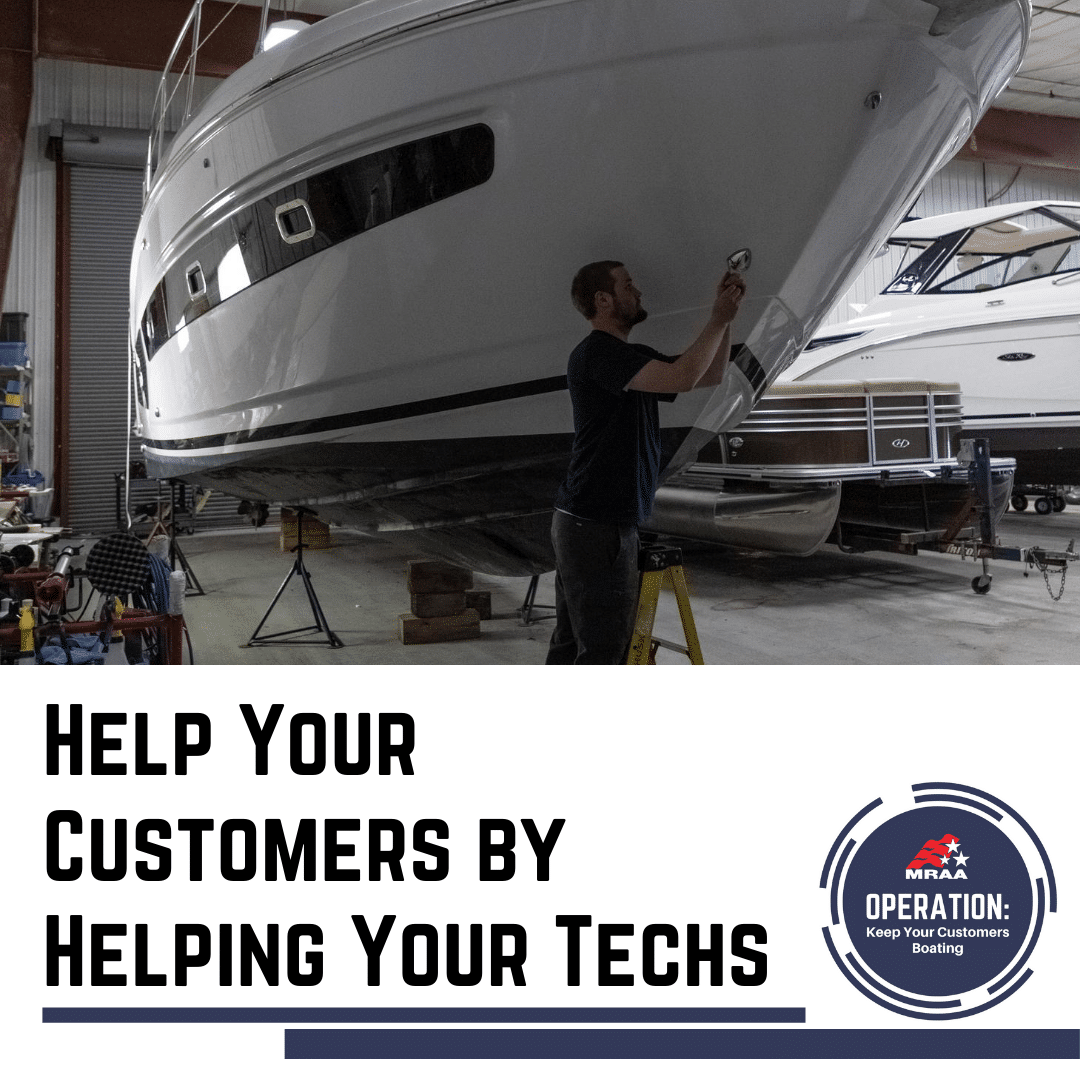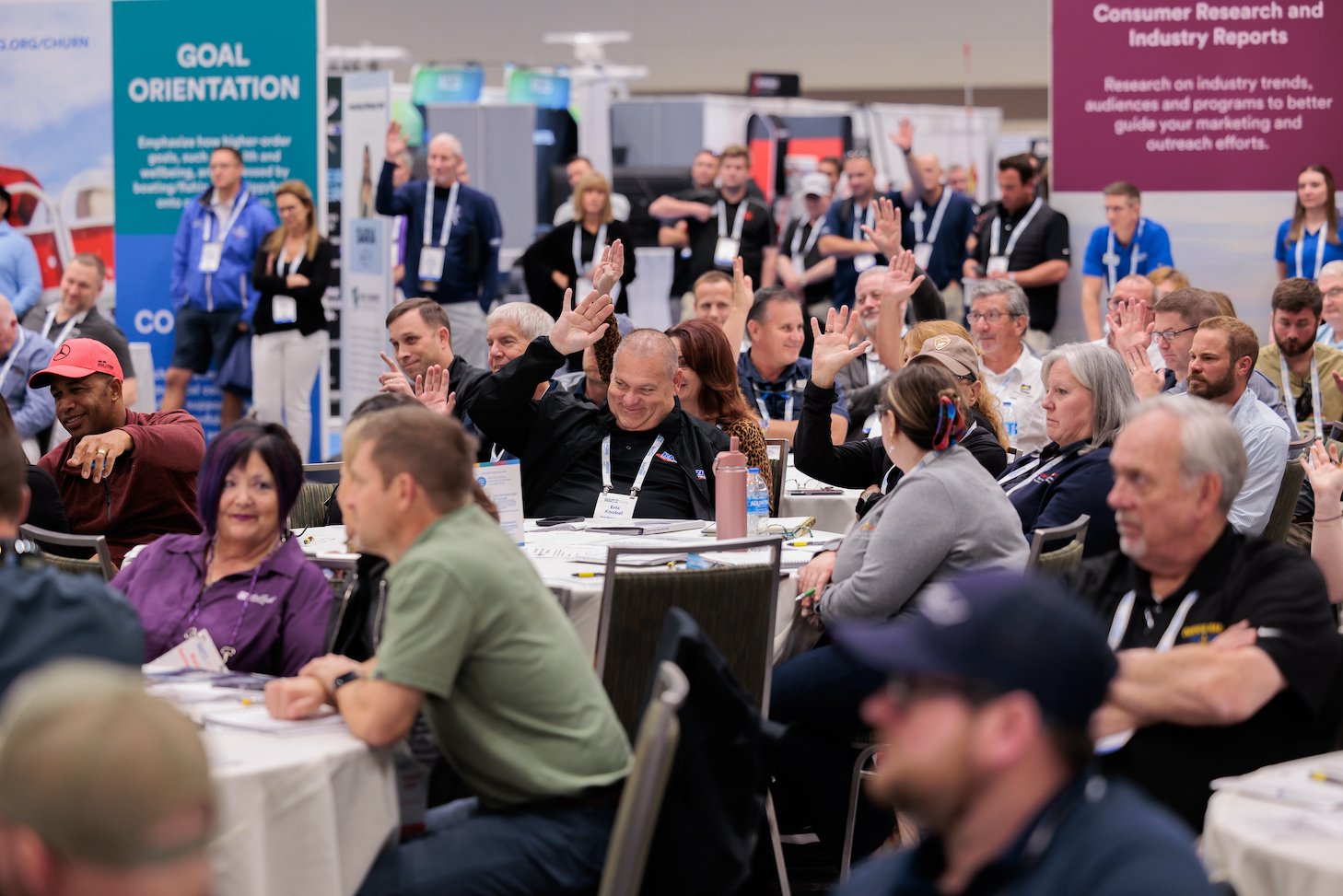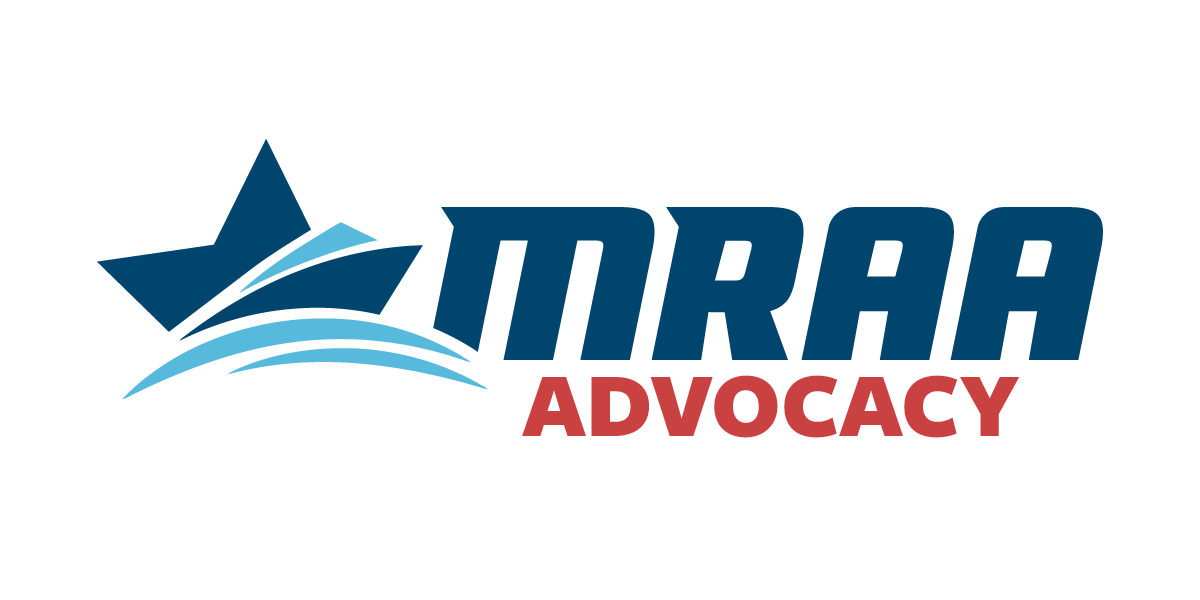While the sales team has been cranking out boats all spring and summer, we all know your service team is just as important to your business.
As the old saying goes, “Sales sells the first boat; service sells the rest.” (And dealers in 2020 Continuous Certification have a great course coming out in October with Valerie Ziebron that will highlight that.)
But hiring in service, let alone your other departments, has been difficult for quite a while. It’s no easy task to find skilled technicians or talented service advisors.

In today’s blog, we’re going to tackle getting help for your service techs. Tomorrow, we’ll cover how assisting your service advisors will improve your customer experience as well.
When you look at your service department, technicians are hard-to-find, well-paid employees, so they should be doing what they were hired to do — working on boats — as much as possible. As Jordon Schoolmeester of Garage Composites says in his MRAATraining.com course, you should “Keep Your Surgeons in Surgery.”
Technicians should have assistance from support positions, such as porters, riggers, a service and parts associate, a service assistant, or some sort of similar position or positions, so they can keep working in the shop. Job descriptions for these positions are available for MRAA members here.
While Jordon compares technicians to surgeons, MRAA Lead Certification Consultant Bob McCann likes to use the visual of a bar to demonstrate how these positions can help speed up efficiency in your service department.
Let’s say you go to Bar A. It’s busy, four people deep up at the bar rail (likely not now due to COVID-19, but you get our drift). There are three bartenders working, but they’re still struggling to pump out drinks. Supplies are running low, so one has to run and get ice, another has to head into the kitchen to get clean glasses, the third is cutting up some limes, and no one is serving a drink. The customers are getting frustrated, and not many sales are being made.
Bar B is just as busy, four people deep at the bar, but those customers are actually moving, getting drinks and getting back to their friends. Bar B has only two bartenders, BUT they also have a barback. The barback is taking care of refilling the ice, bringing in clean glasses and cutting up the limes. The barback makes sure that the skilled bartenders have everything they need to keep pumping out drinks, which means cranking out sales.
So which bar does your service department look like? Are your technicians turning wrenches for a large majority of their shifts? Or are they running to get their own parts, moving boats in and out of their bays, looking for keys, and reassembling every part of the boat after mechanical repair?
Those types of jobs can be trained to be completed by more entry-level employees, rather than a skilled technician. In turn, that keeps your technician in the shop, the dealership turning boats in and out of service more efficiently, and your customers happy because of the faster turnaround.
This step of prioritizing your technician’s work by hiring support help, is likely to make a significant impact on your service efficiency, your bottom line and your customer experience.




